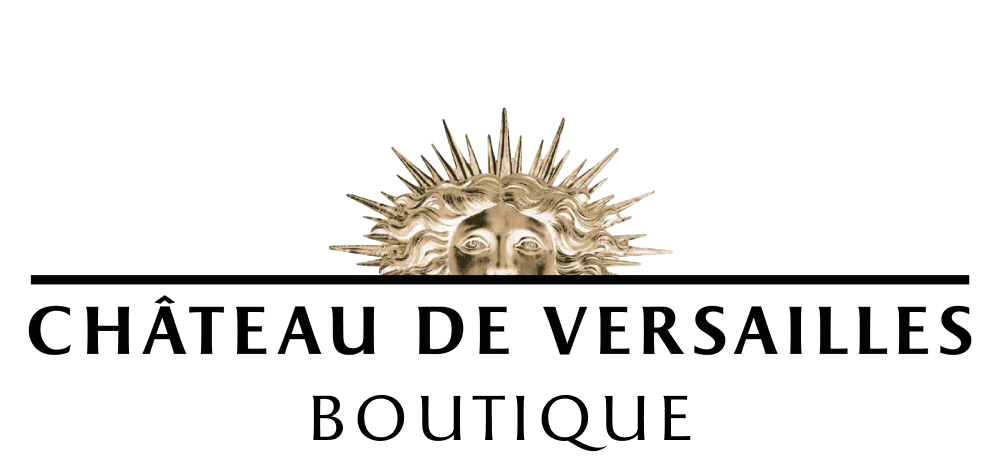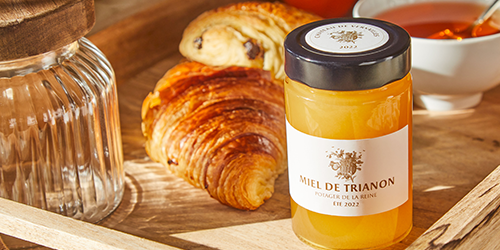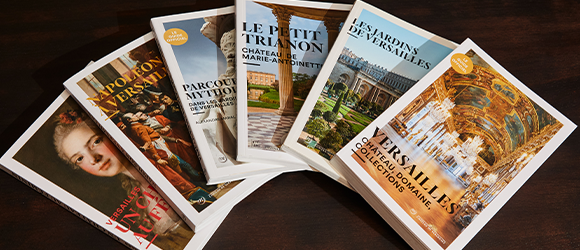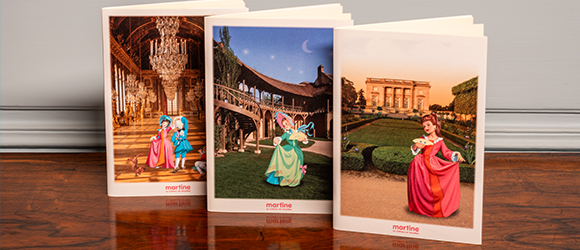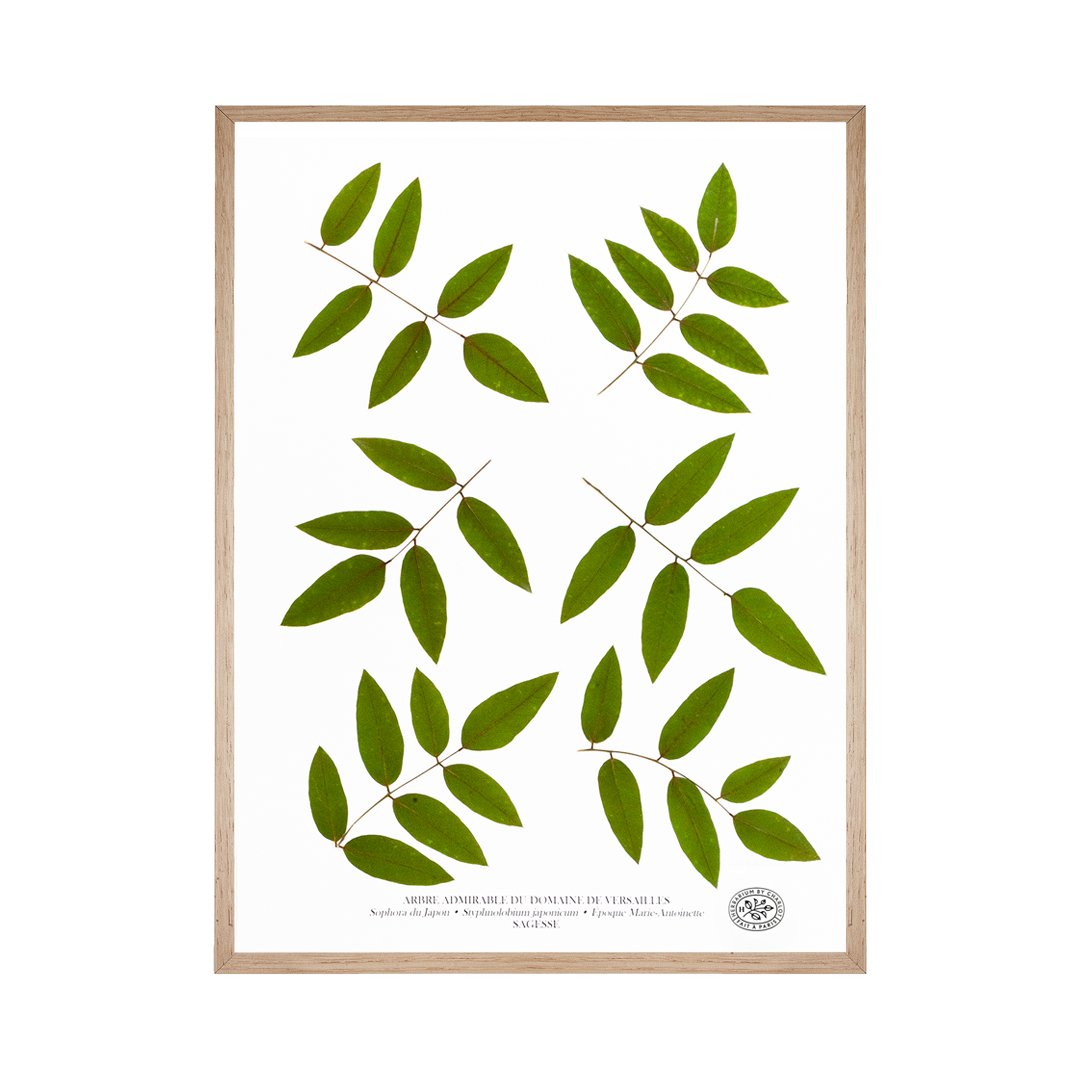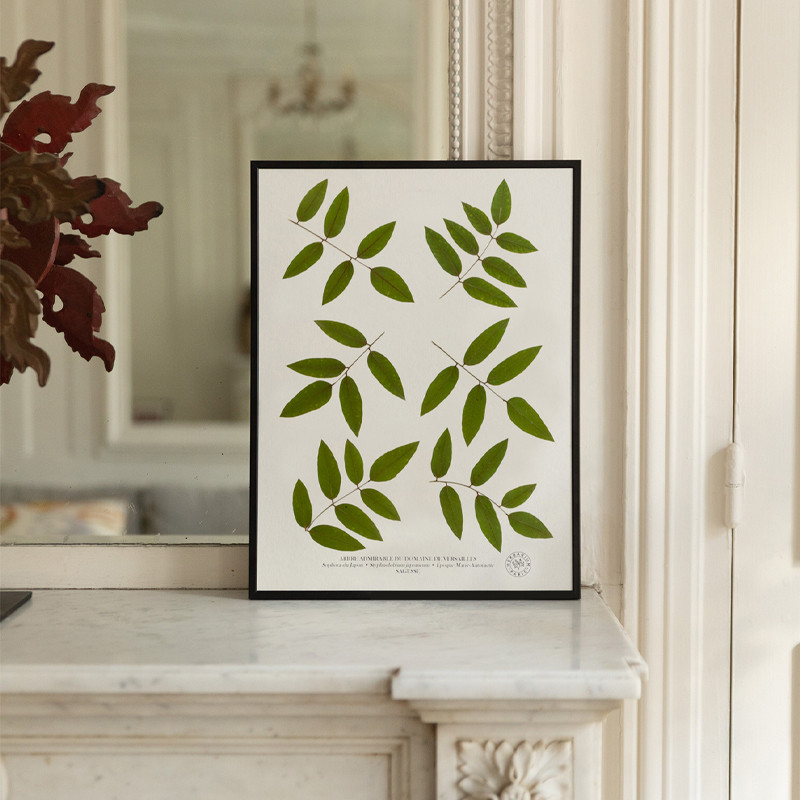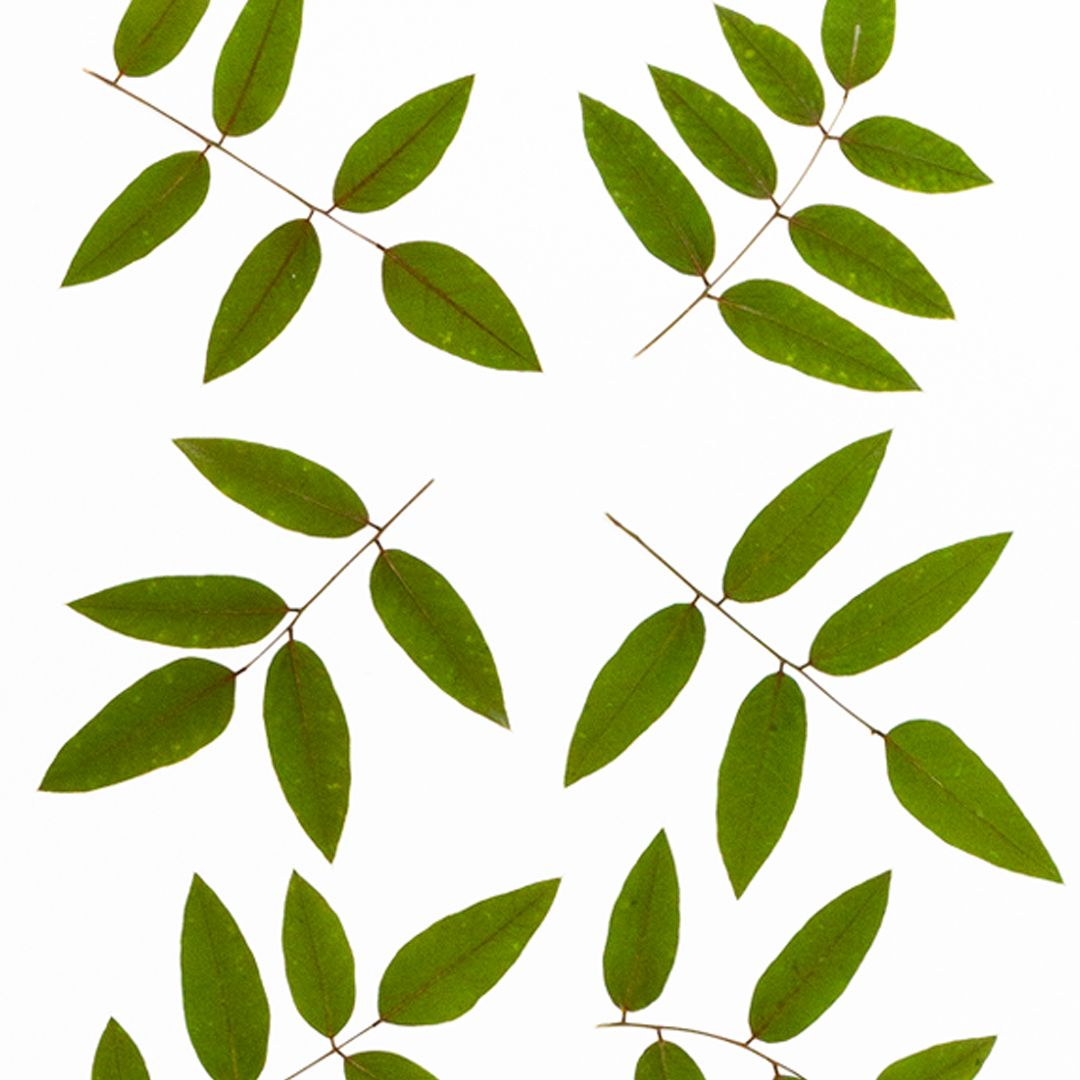Herbarium "Japanese Padoga"
Palace of Versailles x By Charlot
A partir de 90,00 €
The Palace of Versailles and By Charlot have created a limited edition collection of herbariums made from the finest leaves of the Admirable Trees grown at Versailles.
The Japanese Padoga leaves were carefully selected, hand-picked and pressed for drying in By Charlot’s workshops in Paris.
Available for pre-order now, the herbariums can be purchased with or without a frame and are made to order by the herbamakers at By Charlot.
The Japanese pagoda tree, or Stynphnolobium japonicum, is not native to Japan, but to China. Commonly found in the Land of the Rising Sun, it was given this name by Von Linné in 1767, but is also called by another name: “Chinese scholar tree”.
Indeed, it was from Beijing that a Jesuit missionary sent Bernard de Jussieu the seeds of a previously unknown species, or Arbor sinarum incognita, in 1747. The seeds were dispersed in France and then England, from where Antoine Richard brought a specimen back in 1764. Queen Marie-Antoinette planted it near the Petit Trianon, next to the Chinese Ring Game that once graced her picturesque garden.
Miraculously, this Japanese Pagoda tree in the Petit Trianon, which is 15 metres tall, survived the storm that hit the north of France in 1999 and caused great damage to the gardens.
The colour of the leaves will change naturally over time as part of the charm and poetic character of genuine herbariums. To preserve your herbarium in the best conditions, avoid direct contact with UV rays and display it in a room free from damp.
Delivery time: 1 month
